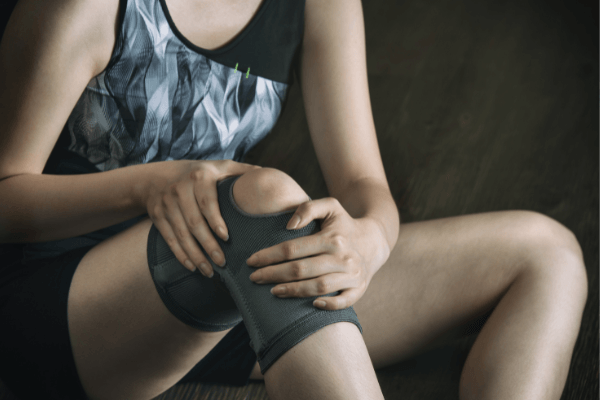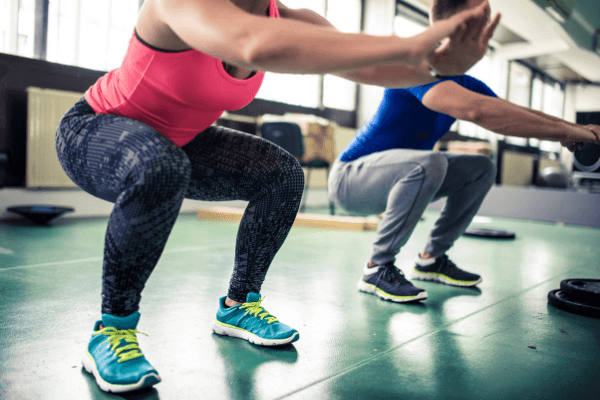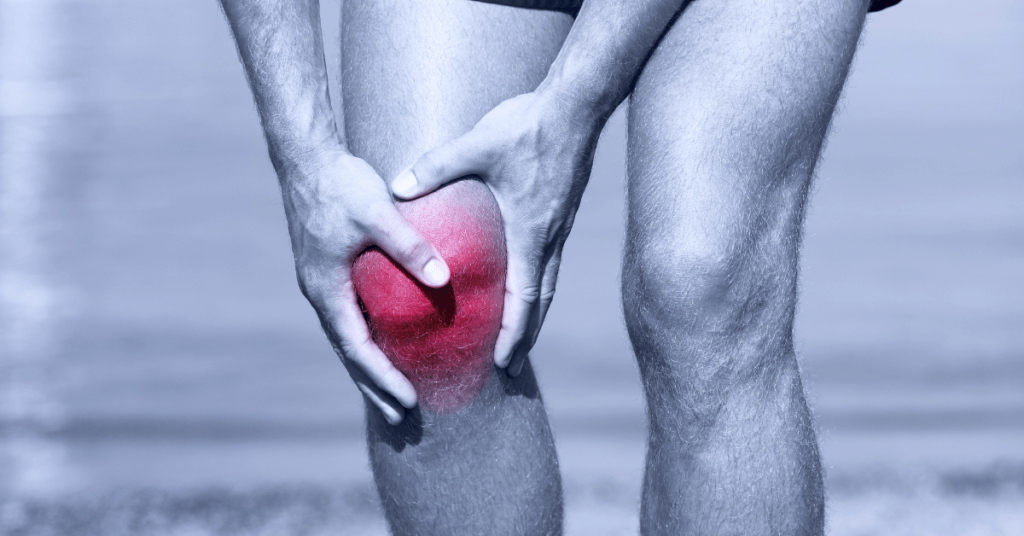Knee care primarily involves pre-running techniques instead of remedying an injury. Let’s explore the question “How do runners take care of their knees?” to help you prevent injuries occurring.
Runners are notorious for knee pain and injuries. I’ve fallen victim to the dreaded “runner’s knee” on several occasions and have since taken my knee care more seriously. The good news is that runners can reduce the risk of knee injury by using the proper equipment, focusing on their running form, and cross-training.
Contents
8 Ways a Runner Can Care for Their Knees
According to a study on knee injuries in runners, 40% of running-related injuries involve the knees. Of the more than 20 million people that run in the United States, up to 70% of them must temporarily stop working out due to an injury.
I’m not telling you there’s a perfect solution to never having a knee injury while running. But I can tell you that runners can prevent many knee-related injuries by using the proper equipment and training techniques described below.
1. Use Proper-Fitting Shoes
Running is one of the cheapest sports out there. Even so, many runners skimp on the most critical gear—shoes.
Everyone has a different natural foot construction. So, it’s important to visit a shoe retailer that specializes in running shoes so they can help you find the best-fit shoe to support your ligaments, muscles, and bones. In turn, you’ll reduce the chances of experiencing a knee injury. And make sure you know how often to change running shoes.
2. Buy a Knee Strap

Whether you already suffer from knee issues when running or are new to the sport and want to prevent them, a knee strap will be your best friend.
Knee straps help limit the impact that running places on the knee. They do so by stabilizing the kneecap and offering compression to steady your knee when you’re running over uneven terrain. You can even buy extra-weighted knee straps, which help reduce the chances of swelling.
3. Always Stretch
Stretching helps prepare your legs for a run, and more prepared legs equate to better care for your knees. The most important muscles to stretch for knee protection include your hamstrings, quadriceps, and calf muscles.
That said, the way you stretch is essential. According to Boston University, stretching before a workout can reduce a runner’s speed. Instead, you should use dynamic warm-up techniques pre-run, saving static stretches for other times throughout the day.
4. Focus On Your Form
When assessing the question, “How do runners take care of their knees?” the answer often has nothing to do with the knee. Poor posture and running form in your upper body can wreak havoc on your knees.
The best running form involves looking forward, engaging your core, and pulling your shoulders down and back to remain tall. Furthermore, you shouldn’t clench your hands, as this can cause other body parts to tense.
5. Build Leg Muscles

Increasing the muscle mass in your legs is one of the most effective ways to care for your knees. Focusing on your hamstrings and quadriceps will offer your legs and knees more stability when running, reducing the risk of injury.
Some of the best muscle-building exercises for running include squats, speed skaters, lunges, and one-legged heel raises. In addition to building muscle, it’s important to cross-train in other ways, such as biking, swimming, or walking. These exercises force your joints and muscles to work differently, which helps prevent injury.
6. Take Supplements
It’s easy to question if supplements do what they say or if it’s more of a trick of the mind when the jury is still out on scientific evidence.
However, if you’re willing to give them a shot, glucosamine and chondroitin could be two effective supplements for increasing knee cartilage and reducing pain. Scientists need to do more research before I’d feel comfortable saying with more certainty that they work.
7. Gradually Increase Mileage
It’s tempting to set an ultimate mileage goal for yourself and want to stick with it no matter what. However, that can have a detrimental effect on your knees, especially if you increase how far you run too quickly.
So, practice patience with your mind and give your knees grace by slowly building up how far you run.
8. Apply Ice
You might be wondering—how do runners take care of their knees when they are already hurt? One of the best ways to do so is to ice your knees after a run or take an ice bath.
The cold temperature will help reduce swelling and inflammation that have long-term adverse effects if left untreated. You can also take over-the-counter anti-inflammatory medicine. However, it’s best to use the preventative techniques here to avoid relying on medication to care for your knees.
If you prefer the gym to the open road or track, you may wonder, is running on a treadmill bad for your knees? Follow the link to find out.



